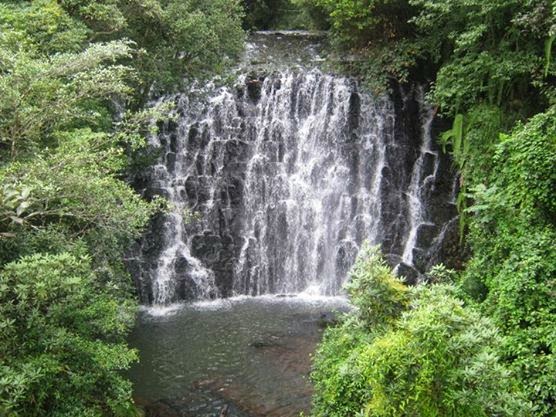Mundakopanishad : " Explanation about the higher Knowledge " Mantram-6.

Mundaka-Upanishad Chapter-1, Section-1, Mantram-6. ( Explanation about the higher Knowledge ) Discussion-5. "Ungraspable" ........ ( 'agrahyama' ) ---first line of the mantram... Ungraspable : If it is not seen, a doubt may arise in our mind ---- it can, probably, be grasped by the mind; and this is negated by the Mother Sruti with her expression, "Agrahya." Mind cannot conceive the Truth, sice the capacity to conceive the Truth, is not lent to the mind by the Life Centre which it is trying to conceive. Let us try an example : A driver at the steering-wheel, while driving, cannot be run over by the same car. The moment n the driver leaves his seat and rushes to the front of the car, it stops since it has no motionof its own, and so cannot knock him down and run over him! Similarly, the 'Atma' ---



.jpg)

.jpg)

















